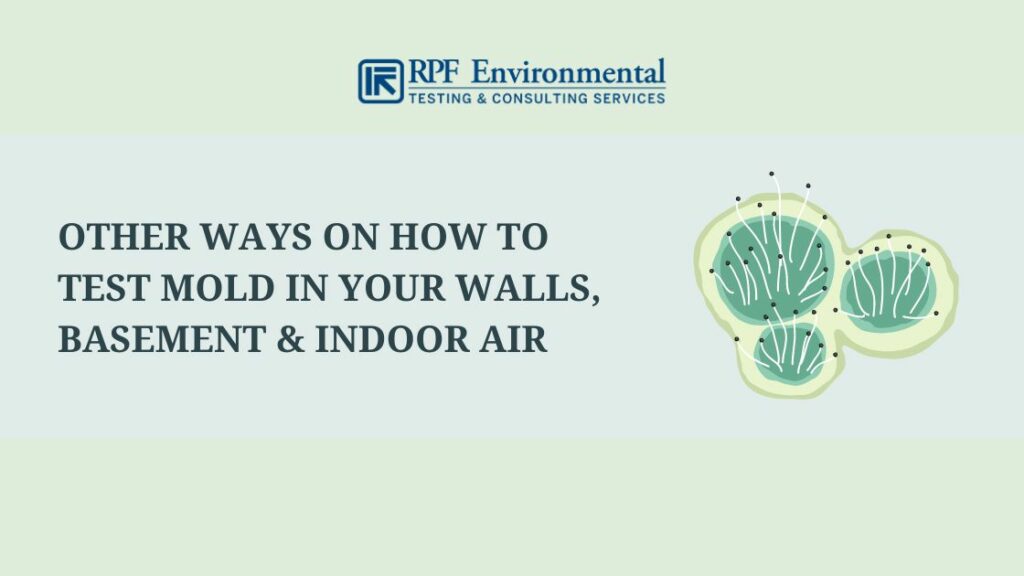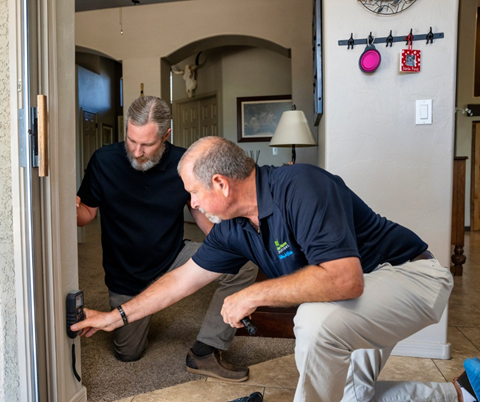Boost Your Safety Protocols with Professional Mycotoxin testing Services
How Mycotoxin Screening Helps Protect Against Contamination and Protect Food Products

Mycotoxin screening is an important method in the food sector, offering as a frontline defense versus contamination by harmful contaminants created by mold and mildews. Through the application of innovative methods like High-Performance Fluid Chromatography (HPLC) and Fluid Chromatography-Mass Spectrometry (LC-MS), food producers can precisely discover and quantify mycotoxin levels in agricultural products.
Recognizing Mycotoxins
Comprehending mycotoxins starts with recognizing that they are hazardous additional metabolites produced by specific molds, which can pollute farming products. These metabolites are not essential for the growth or recreation of the fungis yet can have severe implications for human and animal health and wellness. Mycotoxins are typically discovered in staple crops such as corn, wheat, barley, and nuts, where they can proliferate under specific problems of dampness and temperature level.
There are numerous types of mycotoxins, each created by various fungal varieties. Fusarium species generate fumonisins and trichothecenes, both of which are associated with various intense and chronic health and wellness problems.

Threats of Mycotoxin Contamination
The risks of mycotoxin contamination are complex, presenting significant dangers to both food safety and security and public health. Mycotoxins, toxic compounds generated by certain types of fungi, can infect a broad array of farming items including grains, nuts, flavors, dried out fruits, and coffee.
Financial influences are an additional significant concern. Polluted crops can lead to considerable financial losses for farmers and food producers as a result of reduced yields and the requirement for pricey purification steps. Furthermore, global trade can be significantly hindered as countries implement stringent mycotoxin policies to protect their populations, leading to denied shipments and stretched profession relations.
Environmental elements such as climate modification aggravate the threat of mycotoxin contamination. Variants in temperature level and humidity can produce favorable problems for fungal growth, raising the likelihood of contamination occasions. Therefore, understanding and mitigating these risks are important for making certain the safety and stability of international food supplies.
Methods of Mycotoxin Checking
Accurately determining mycotoxin contamination in farming products is crucial for guarding public health and preserving food safety and security requirements. Various methods are utilized to identify and quantify mycotoxins, each offering specific advantages and restrictions.
High-Performance Fluid Chromatography (HPLC) is an extensively utilized technique as a result of its high level of sensitivity and accuracy. It involves separating mycotoxins from other compounds in a sample, allowing exact quantification. Similarly, Fluid Chromatography-Mass Spectrometry (LC-MS) combines liquid chromatography with mass spectrometry to give thorough molecular details, making it especially helpful for determining several mycotoxins simultaneously - Mycotoxin testing Services.

Gas Chromatography-Mass Spectrometry (GC-MS) and Thin-Layer Chromatography (TLC) are also employed, each with distinct applications. GC-MS is efficient for volatile mycotoxins, while TLC uses an easier, cost-efficient choice for preliminary testing.
Advantages of Normal Evaluating
Regular testing for mycotoxins in farming items uses numerous benefits, dramatically adding to public health and food safety and security. By determining contamination early, regular testing helps stop the distribution of harmful foods, thus reducing the danger of mycotoxin-related illnesses amongst consumers. This proactive strategy not only safeguards human wellness however likewise improves the general high quality of food supplies.
Various countries and areas have established rigorous restrictions for mycotoxin levels in food and feed. Adhering to these limits via regular screening guarantees that producers and distributors meet legal requirements, therefore preventing penalties and profession obstacles.
Furthermore, regular mycotoxin screening can result in considerable economic advantages. Early discovery of contamination enables prompt treatment, minimizing possible losses from prevalent contamination. Executing regular screening protocols can likewise lessen recall expenses and related responsibilities, which can be financially devastating.
Additionally, routine screening supplies important data that can educate much better agricultural methods and storage problems. By understanding patterns of contamination, manufacturers can embrace preventive measures, thereby contributing and lowering future risks to the sustainability of the food supply chain.
Applying Checking Methods
Executing effective mycotoxin screening protocols is essential for making sure the security and quality from this source of agricultural products. Establishing a robust screening framework entails several vital actions, starting with the recognition of possible contamination points within the manufacturing and supply chain. This consists of pre-harvest, post-harvest, storage space, and circulation stages. Each stage must be scrutinized to identify straight from the source where mycotoxin contamination is probably to happen.
As soon as critical control points are recognized, picking proper testing approaches is vital. Common strategies consist of enzyme-linked immunosorbent assay (ELISA), high-performance liquid chromatography (HPLC), and mass spectrometry (MS) Each approach has its strengths and weaknesses; hence, selecting the right one relies on the particular mycotoxin being tested, the needed sensitivity, and offered sources.

Lastly, incorporating the testing protocols into a thorough food safety and security monitoring system is a good idea. This enhances traceability and enables quick corrective actions when contamination is discovered, therefore protecting the integrity of the food supply chain.
Conclusion
Mycotoxin screening is vital in stopping contamination and protecting food materials by making it possible for early discovery of hazardous contaminants produced by mold and mildews in farming items. Advanced approaches such as HPLC and LC-MS guarantee compliance with safety guidelines and protect customers from health threats. Normal testing enhances brand name online reputation, economic stability, and count on food security by reducing contamination-related losses and preserving high requirements in food manufacturing. Executing strenuous screening procedures is hence vital for the market's total well-being.
Mycotoxin screening is a vital practice in the food industry, offering as a frontline protection against contamination by harmful toxins created by mold and mildews. An incorporated approach entailing farming methods, storage space monitoring, and normal screening can alleviate the threats linked with mycotoxin contamination, making certain food safety and public health.
The threats of mycotoxin contamination are diverse, positioning substantial threats to both food safety and security and public health.Regular screening for mycotoxins in farming items offers many benefits, significantly adding to public health and food safety and security.Mycotoxin screening is necessary in preventing contamination and protecting food products by allowing very early discovery of unsafe toxic substances generated by mold and mildews in agricultural items.